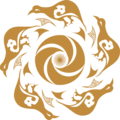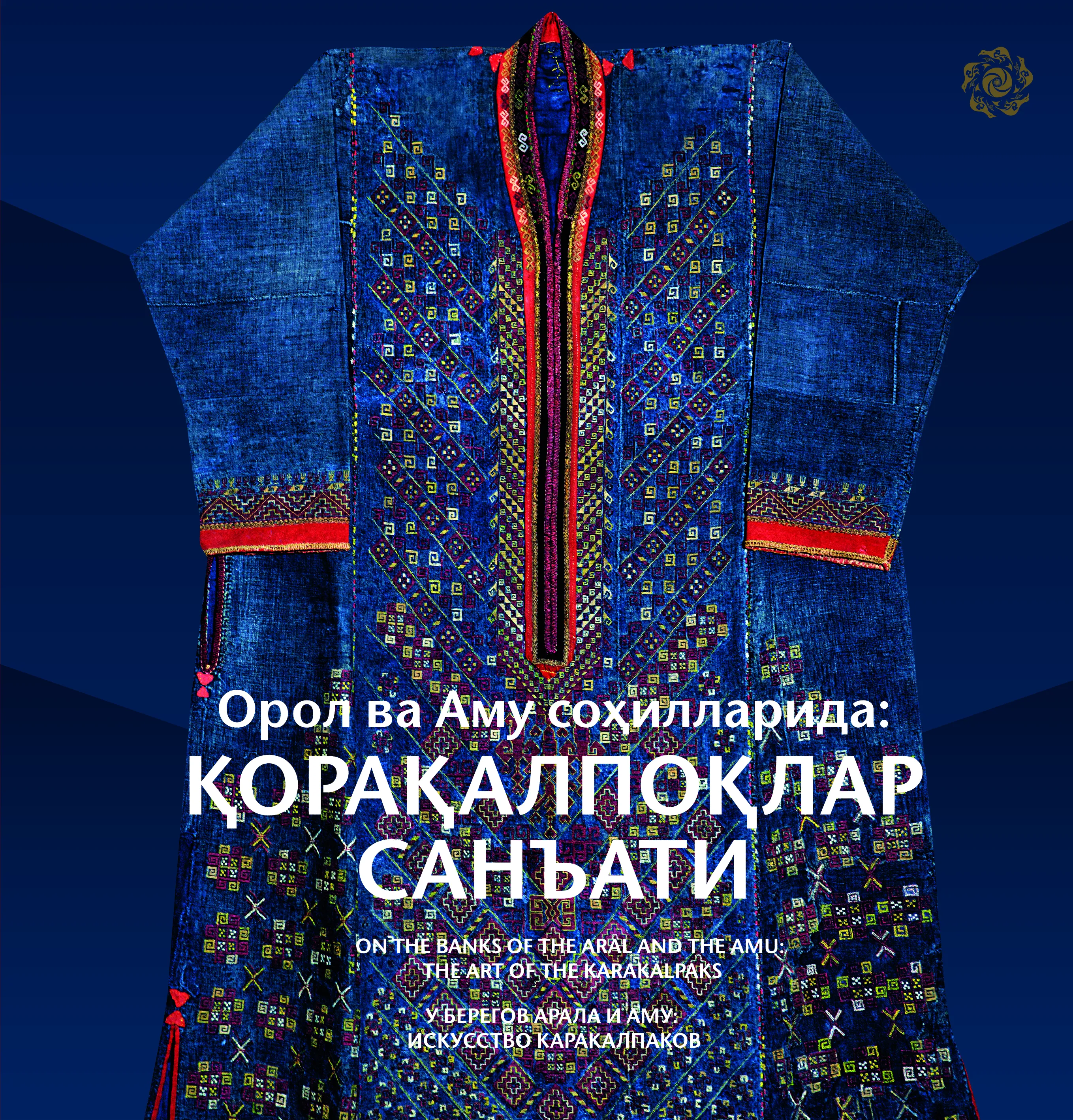У БЕРЕГОВ АРАЛА И АМУ: ИСКУССТВО КАРАКАЛПАКОВ
Описание
Автономная республика в составе Узбекистана, Каракалпакстан - поистине уникальная земля, народ которой создал самобытную культуру и искусство, которыми сегодня восхищается весь мир. Своеобразие этого искусства веками было отражением местного ландшафта, где пустыни сочетаются с солончаками, степными просторами, редкими водными артериями с непременными тугайными зарослями.
Знакомясь с Каракалпакстаном, можно подумать, что местный ландшафт не менялся за последние тысячелетия. Однако это впечатление обманчиво. Пустыни некогда были оазисами, степи – плодородными полями, пересыхающие речушки – полноводными реками… Ландшафтные трансформации происходили и на протяжении 20 века, когда регион столкнулся с трагедией уходящего Аральского моря. Изменения в природе влекут за собой и изменения в традиционной культуре, как никогда нуждающейся в бережном сохранении.
Данный альбом – наш вклад в популяризацию удивительного художественного наследия каракалпаков, которое, несмотря на вызовы времени, должно сохраниться для будущих поколений. Читатель сможет познакомится с традиционным костюмом и ювелирными украшениями каракалпакской невесты, узнать, почему ее образ в целом связывают с образом древних амазонок – женщин-воительниц Великой степи. Мы заглянем также в каракалпакскую юрту, чтобы оценить ковры и иные текстильные изделия, характеризующие быт народа.
Альбом стал результатом сотрудничества проекта «Культурное наследие в собраниях мира» с Государственным музеем искусств им. И.В. Савицкого (Нукус) и супружеской четой – известным искусствоведом Ириной Богословской и Адамом Смитом Альбионом, которые предоставили для публикации собственную коллекцию предметов каракалпакского искусства. Весь материал разбит на тематические разделы, согласно определенным видам изделий. Это текстиль, ювелирные украшения, изделия из кожи.
Вступительное слово: Фирдавс Абдухаликов, автор и руководитель проекта КНУ.
Авторы разделов: директор Государственного музея искусств им. И.В. Савицкого Тигран Мкртычев, искусствоведы Ирина Богословская, Эльмира Гюль, Зафара Алиева.

